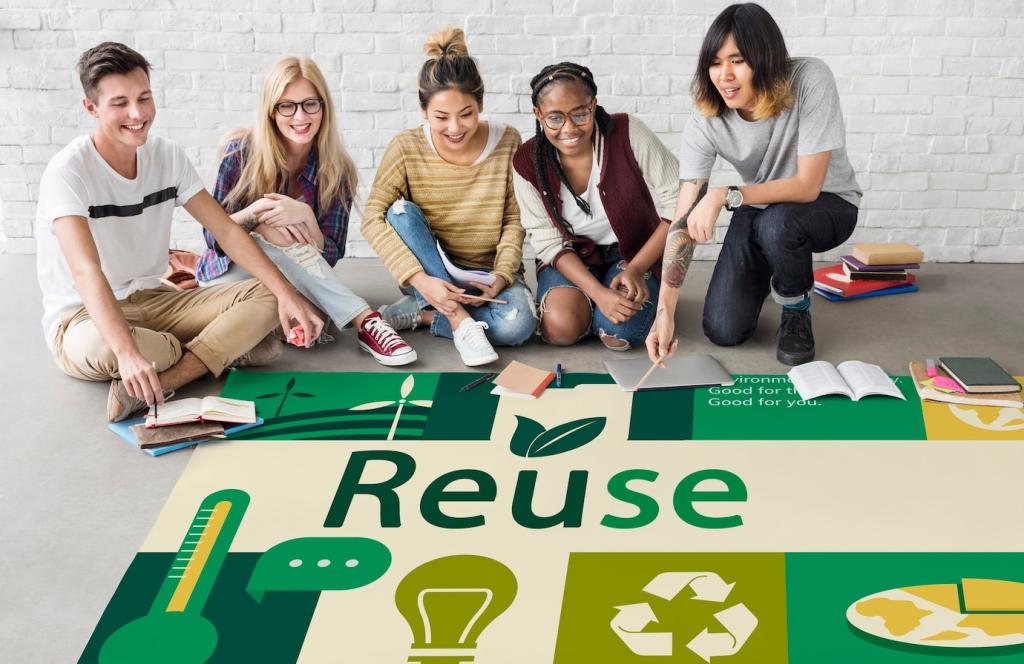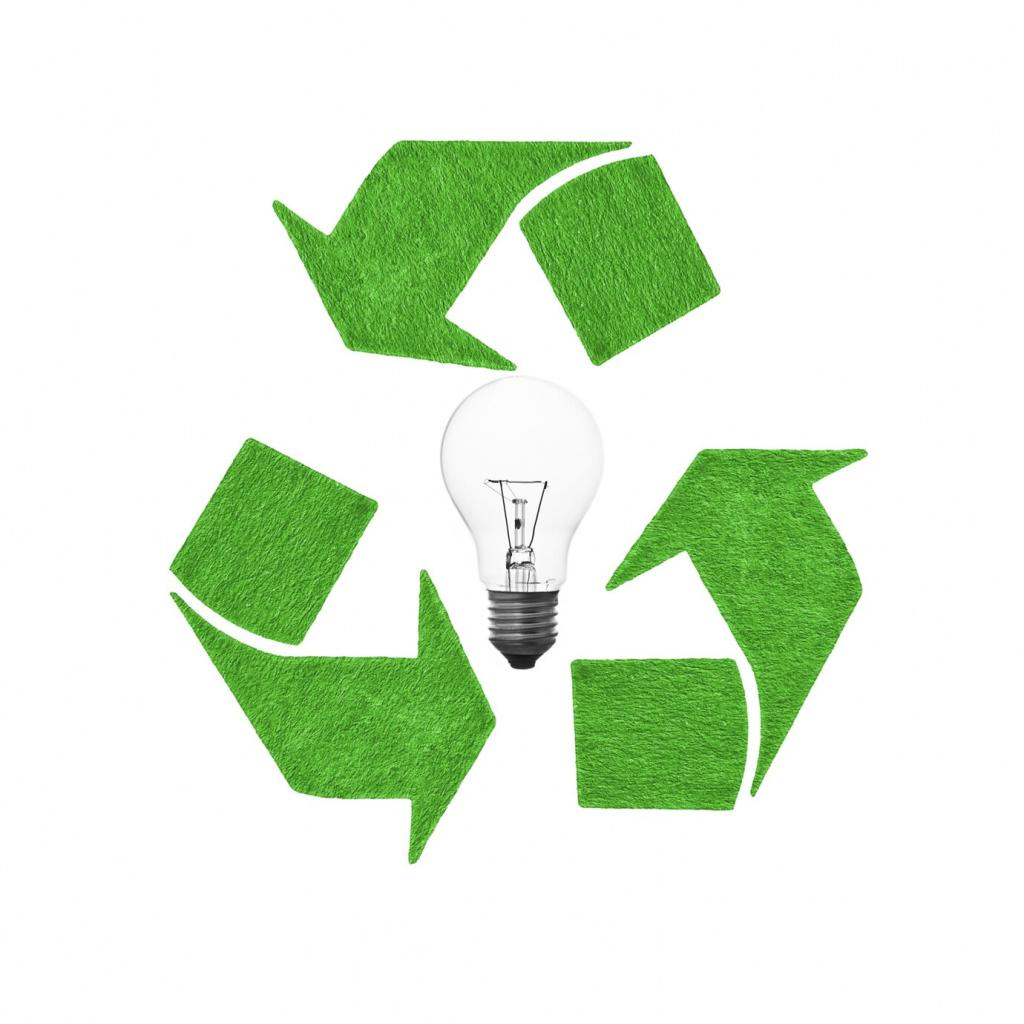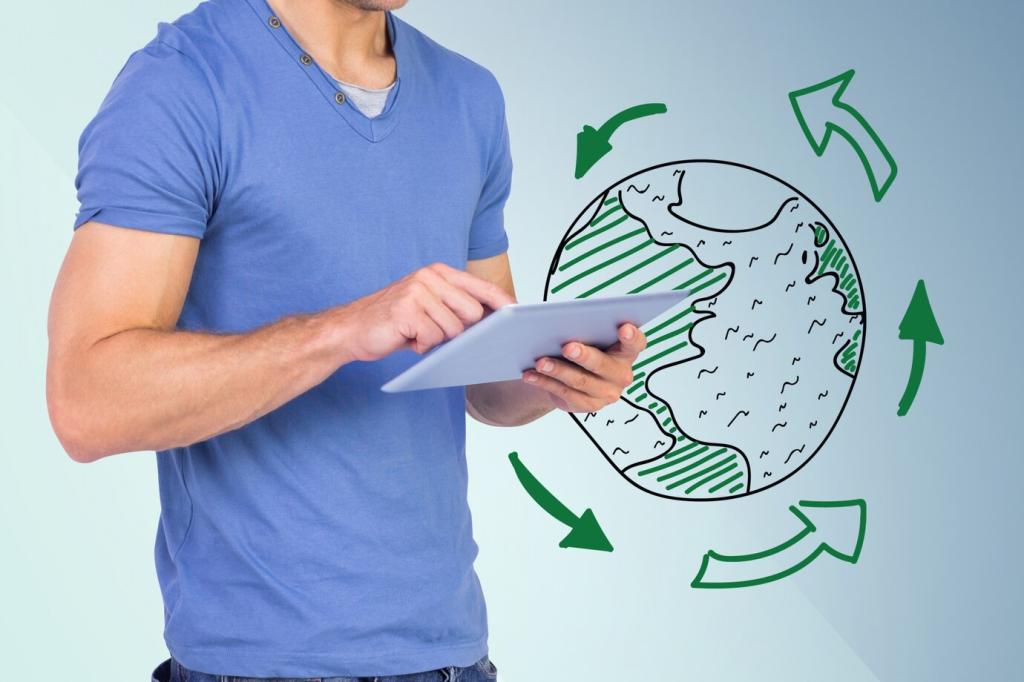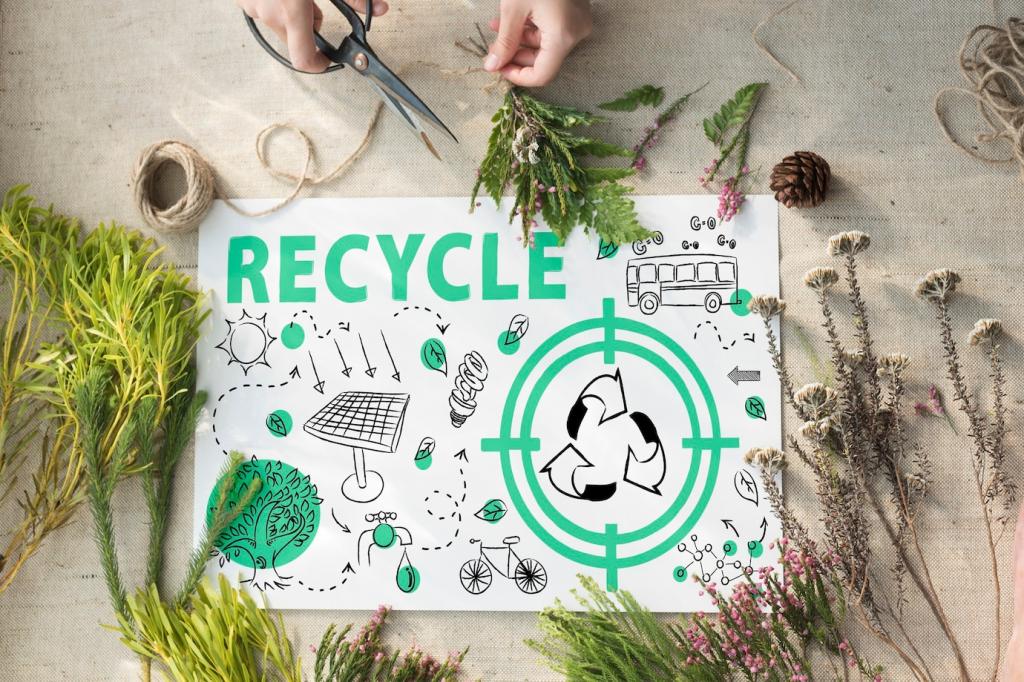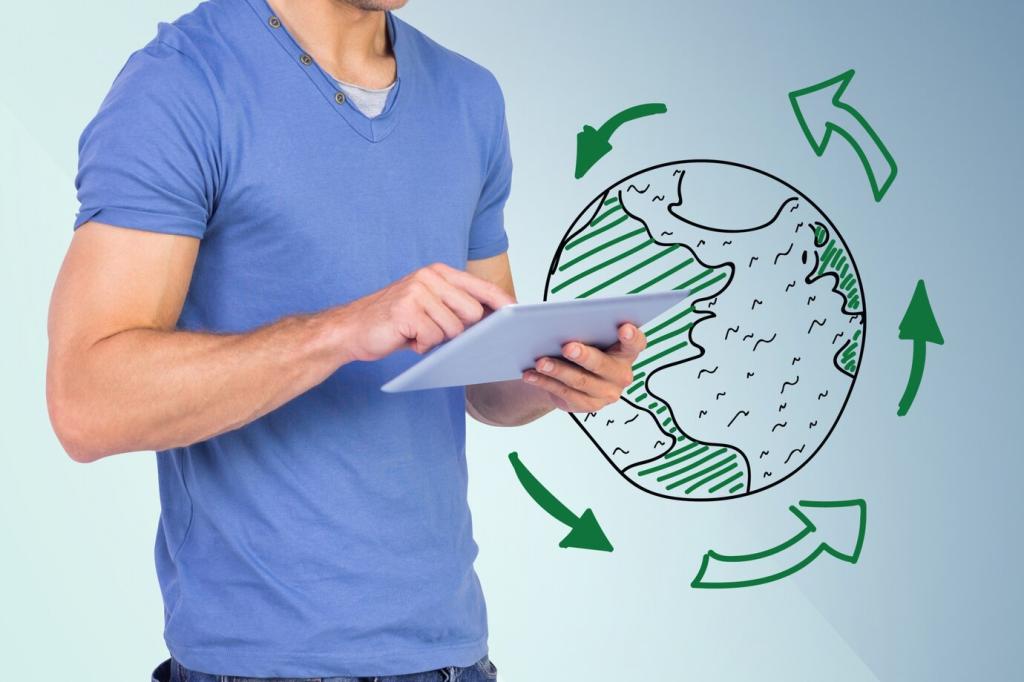Designing for Recycling from Day One
Single-fiber garments or very simple blends maximize recovery and quality. When stretch is needed, keep elastane low. Clear composition labels help facilities sort efficiently, converting more discarded garments into viable feedstock instead of downcycled scraps.
Designing for Recycling from Day One
Removable buttons and zippers, compatible threads, and dyes that do not hinder chemical processing raise yields. Thoughtful bill-of-materials choices today prevent headaches tomorrow. Push brands to publish recyclability info and material IDs so your clothes can be responsibly reborn.




